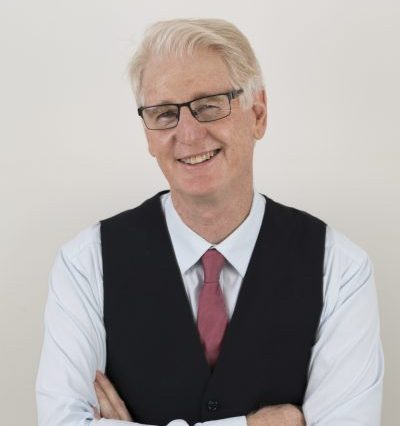| When I graduated I knew everything about treating every condition. I was on fire! Three days into my new career I had crisis of confidence – not only did I not know everything, I pretty much knew 10% of very little. And this was in the days when there wasn’t much to actually know! One thing I was pretty sure about was that if a joint was stiff it was my job to make it move. To jiggle it, lean on it, twist it and then do all three at once. And reassess. There are many women out there who now believe physiotherapy is a satanic pain ritual practiced by young men with more muscle than brains. These are the women who came to see me with a Frozen Shoulder – Stage II. Let me now apologise to them: ‘I am so sorry that I caused you immense pain in the pursuit of a five degree gain in shoulder flexion or a zillionth of a degree of external rotation’. Why you returned for futher appointments speaks more for my postive attitude rather than any actual improvement. Yet, they DID improve. If I treated them long enough they all responded to my brilliant therapy skills. Sometimes it took three or four months, sometimes a year or more. But they all got better. So did the clients who stopped treatment – they also got better. Some took three or four months, others a year or more. But they all got better. Identifying a client in Stage I is difficult. Often they have been through the doctor/X-ray/Blood Test/Specialist visit cycle during which the shoulder moved into Stage II and arrived at physiotherapy ready for rehab. Too late. Here are a couple of ideas for identifying shoulders that may be in Stage I:
None of these is diagnostic in it’s own right, but when they co-exist my index of suspicion zooms up and I can better navigate the optimal care plan If you believe a shoulder is freezing, there may still be a chance to prevent it progressing to frozen. Pain control is vital as is inflammatory control Mild cases may respond to oral pharmacology, others may need intra-articular cortisone. Non-stressful joint mobilising to adhesions and modification of aggravating activity will help. As will a clear explanation to the client. A supportive physician or rheumatologist is a great partner in the care of these clients. In fact, I find the education aspect of the treatment to be the most important. I am careful with my words and tell them their shoulder is sick, not injured. Patients understand ‘sickness’ has a course to run, and are more likely to ride with the slow progress if they get the difference. You can then put the ‘sick shoulder’ into the context of their general health issues, the immune system struggling to cope and the internal battle now being waged. For those patients in Stage II (frozen), I believe it is critical to keep them active and healthy. The ongoing pain is distressing and combined with the lack of short term improvement can predispose to depression and anxiety. Which doesn’t help their immune system resilience. I try to keep them active (total body) with walking, cycling or modified aquarobics. This is a positive approach mentally and may help prevent weight gain during this period of restricted activity. I also try to reduce sources of inflammation (activity, stress, nutrition) and check them every four to six weeks to monitor their maintenance exercises, encourage them to stay active and patient, and to identify when Stage III begins. This is the stage when I can enhance their recovery with more frequent joint therapy, massage, exercise and functional activities within the limits of their inflammation threshold. This is the secret to getting all the credit for the patient’s recovery: make sure you are treating them when they get to Stage III. Because whoever is treating them at this time gets ALL the credit! Physio, Chiro, masseur, astrologer, aura therapist – it doesn’t matter because it is all in the timing! . |
